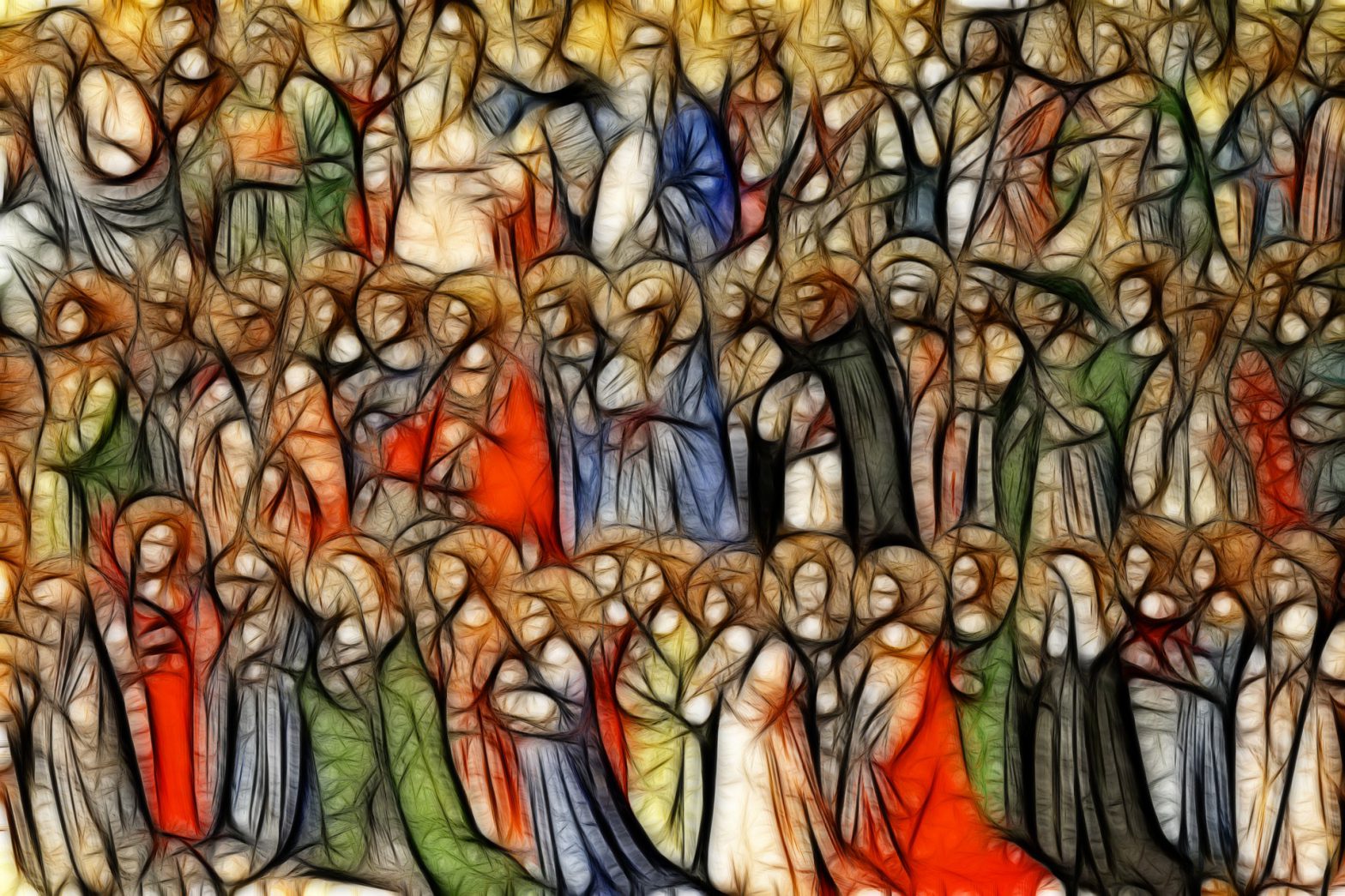Today is the Feast of All Saints, observed by many Christian denominations and as a national holiday in many countries. The celebration dates back to the fourth century, when a feast day in mid-May commemorated all Christian martyrs. By the eighth century, the date had shifted to November 1 and the feast was celebrated throughout northern Europe. According to some scholars, the British churches may have begun celebrating the feast to replace the Celtic Samhain, the dying of the year, which was also celebrated on that date. At Charlemagne’s court, the scholar Alcuin recommended that the Emperor officially recognize the growing tradition and designate November 1 as the All Saints Feast date. By the mid-ninth century, the feast on November 1 had become a day of obligation, when everyone attended services and celebrated the Mass.
Where specific days of the year may be set aside to commemorate a particular saint, All Saints’ Day allows us to remember all of these official saints along with all the unknown saints who led lives of faith and service to the Lord. Together with All Souls’ Day on November 2, when the churches commemorate the lives of all faithful departed, the season of Allhallowtide allows us to remember those we loved who have died.
Grieving loss is a long process, and we never quite stop grieving for someone we have dearly loved. Often, we don’t deal well with our own grief, or that of someone else: it can be embarrassing, or at least inconvenient. Celtic Samhain –– and the Day of the Dead celebrations that were part of MesoAmerican culture and are still celebrated in Mexico and Central America –– were affirmations that grief should be acknowledged and expressed. All Saints’ and All Souls’ Days meet this human need as well. These holy days gave us social sanction to mourn and remember together, but also to take joy in their memories.
So today is a time for reflection, grief, and joy as we remember those we love.

